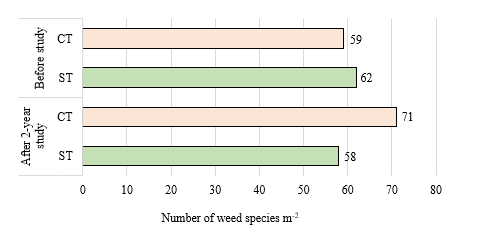Abstract
The importance of intermittent delta activity and periodic patterns
in the electroencephalogram has intrigued #neurophysiologists for
decades. The clinical interpretations varied from nonspecific to
suggested structural metabolic behavior, infectious and even #epilepsy
[1]. The
most frequent #clinical features were determined by #clinicalhistory of
children with intermittent rhythmic delta activity and periodic patterns
(January 2013-June 2017). Total 16 patients, Female 9 (56%). Periodic
patterns: 25% (n = 4) PLEDs, 13% (n = 2) BiPLEDs and 6% (n = 1)
GPEDs. Intermittent rhythmic delta activity: 50% (n = 8) FIRDAs and 6%
(n = 1) OIRDAs. The most frequent causes of PLEDs were infectious
and #tumoral in 12.5% (n = 2) respectively. Tumor causes were the most
frequent cause of FIRDAs 31% (n = 5), then neuroinfection12.5% (n = 2)
and vascular 6% (n = 1).
For more articles on BJSTR Journal please click here: https://biomedres.us/
For more Cancer Medicine Articles on BJSTR
Clinical Features of the Intermittent Rhythmic Delta Activity and Periodic Patterns in Electroencephalogram by Sofia Lucila Rodriguez-Rivera in BJSTR



No comments:
Post a Comment
Note: Only a member of this blog may post a comment.